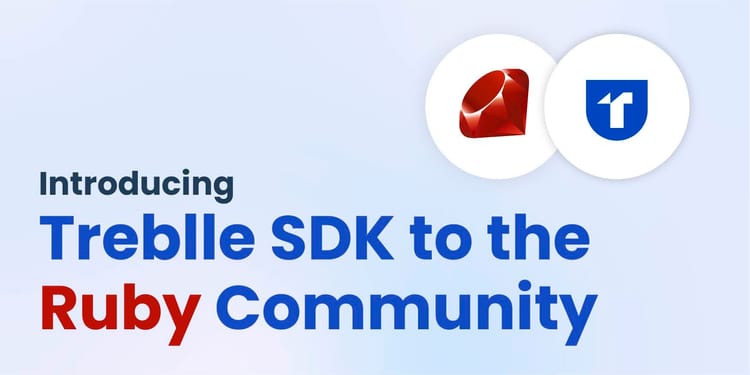APIs are big business. It's been reported that Salesforce generates 50% of its income through APIs. eBay generates 60% through APIs. And impressively, Expedia.com has APIs to thank for a staggering 90% of its revenue. APIs can become a powerful monetization tool when positioned as an offshoot of an existing platform, helping a business monetize its data and core functionality for third-party applications to consume.
But we're still in the early stages of the API revolution — many new products are coming to market 100% delivered via APIs. For example, the API-first Index tracks over 60 API-first companies that have raised over $50 million in funding. The API-as-a-product model is gaining VC interest for many reasons — APIs are scalable, self-service, and can deliver niche capabilities to a global userbase. Perhaps this latent value explains Twitter's recent decision to remove free access to its API in favor of monetizing these endpoints.
But monetizing web APIs is not as easy as it looks. It requires careful consideration of how precisely to price HTTP calls and design subscription tiers. It also requires a robust infrastructure to rate limit calls, tie usage to accounts, and automatically charge customers. Below, we'll consider some specific ways public APIs are often monetized. We'll also consider strategies for indirect monetization and explore the options providers have for setting up payment infrastructures.
Ways to Directly Monetize APIs
There is a growing desire to monetize public APIs. 42.6% of organizations are already monetizing APIs, found the Rapid 2022 State of APIs report, a rise of about 5% from 2021. API-first companies like Twilio, Stripe, or Okta stand as powerful case studies of the power of API-driven business models.
So, what are some strategies for monetizing a public API product? Here are some of the key concepts often used in conjunction to monetize a public API product:
- Freemium: Offering free access is a necessity when it comes to APIs. Developers need proof that the service works before they will buy it. Most freemium plans place a rate limit at a certain threshold, whether a monthly limit or a total number of calls.
- Pay-as-you-go: Also called usage-based billing, pay-as-you-go is a popular format for monetizing APIs. This is where consumers are charged on a per-call basis, which is typically a nominal fee. One study of ten popular APIs found the average charge per call to be $.0126 with a median of $0.0015.
- Subscription-based: Some APIs adopt a fixed pricing model in which the consumer pays for a monthly subscription limit, such as 10,000 queries a month. Similar to other SaaS, these plans often range from Free, to Basic, Business, or Enterprise, and offer bulk discounts for larger plans. These often offer overage quotas when users exceed the limits of their plan.
- Rate limiting: Rate limiting is typically tied to the developer account API key and may be enforced at the organization level or the individual account level. For example, OpenAI API allows 20 RPM (requests per minute) and 150,000 TPM (tokens per minute) on the free trial of the Text and Embedding service.
- Per-method pricing: Some providers opt to feature-gate certain methods. A method that incurs high processing power, for example, may be priced higher than one that involves simple data retrieval.
Strategies For Indirect API Revenue
Besides direct monetization, there are many other ways in which APIs can positively affect the balance sheet. In fact, John Musser identified over 20 unique API business models in 2013 — valuable analysis which ProgrammableWeb built upon within a 2020 whitepaper on deriving ROI from an API program.
One profitable method covered in this analysis is revenue sharing, in which the provider shares a portion of the profits generated by the developer's use of the API. This is common in affiliate programs for eCommerce, advertising, or transportation services. Examples of APIs engaging in revenue sharing include eBay Partner Network (EPN), Skyscanner's affiliate program, and Walgreens Photo Print API. Another strategy is including API access as an add-on to encourage upsells to a higher tier within a larger platform.
But although interest in externalized API monetization is growing, publicly-available web APIs only comprise 16% of APIs, found the 2022 Postman State of API report. The majority (58%) are designed as private integrations. As such, there are often more indirect business motives behind APIs, such as driving traffic and brand awareness or introducing cost-savings and bringing optimizations to the business.
Setting up an API Payment Strategy
For all the excitement, keep in mind there are often unexpected maintenance challenges and significant costs associated with running an API. Not to mention, handling API security is becoming difficult as more and more threat vectors present themselves. Development efforts could balloon, especially if you intend to produce a lot of greenfield management infrastructure.






